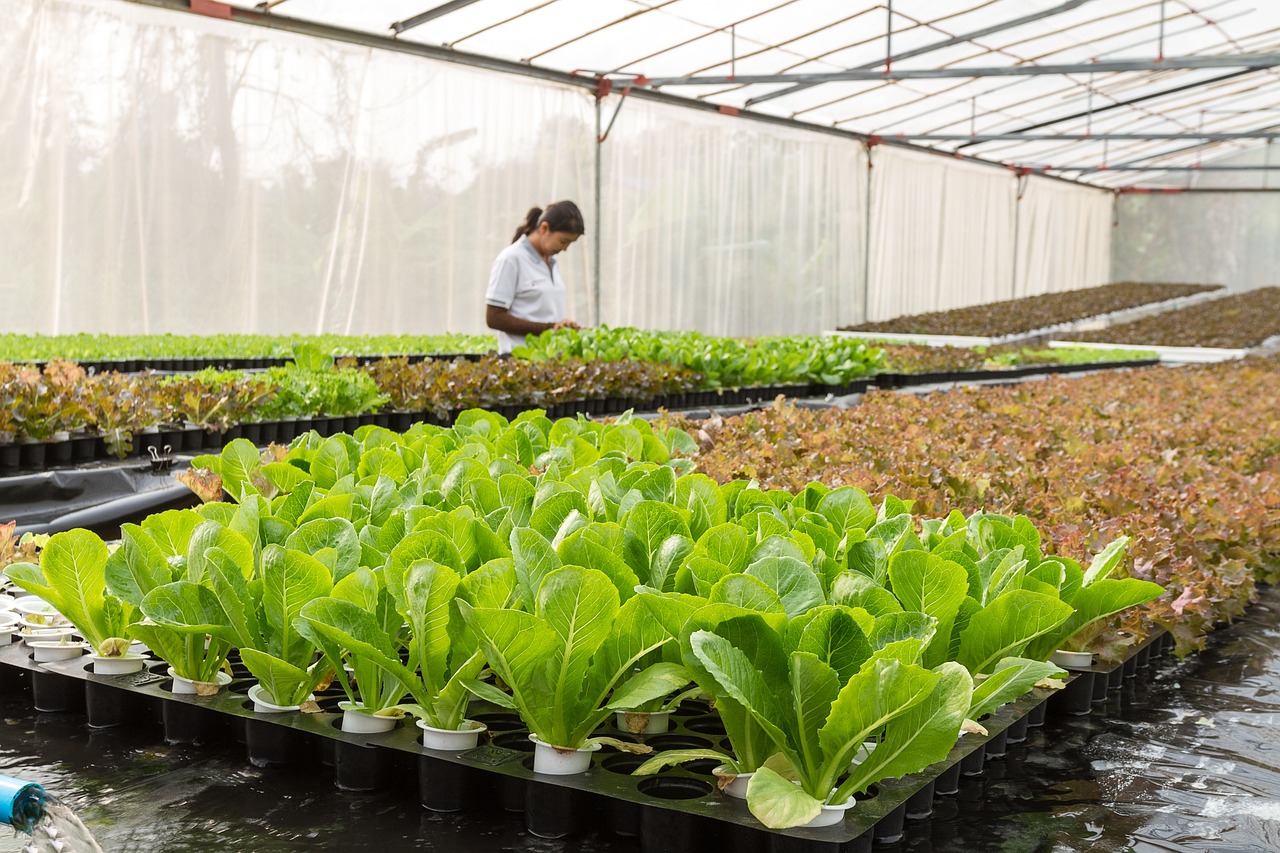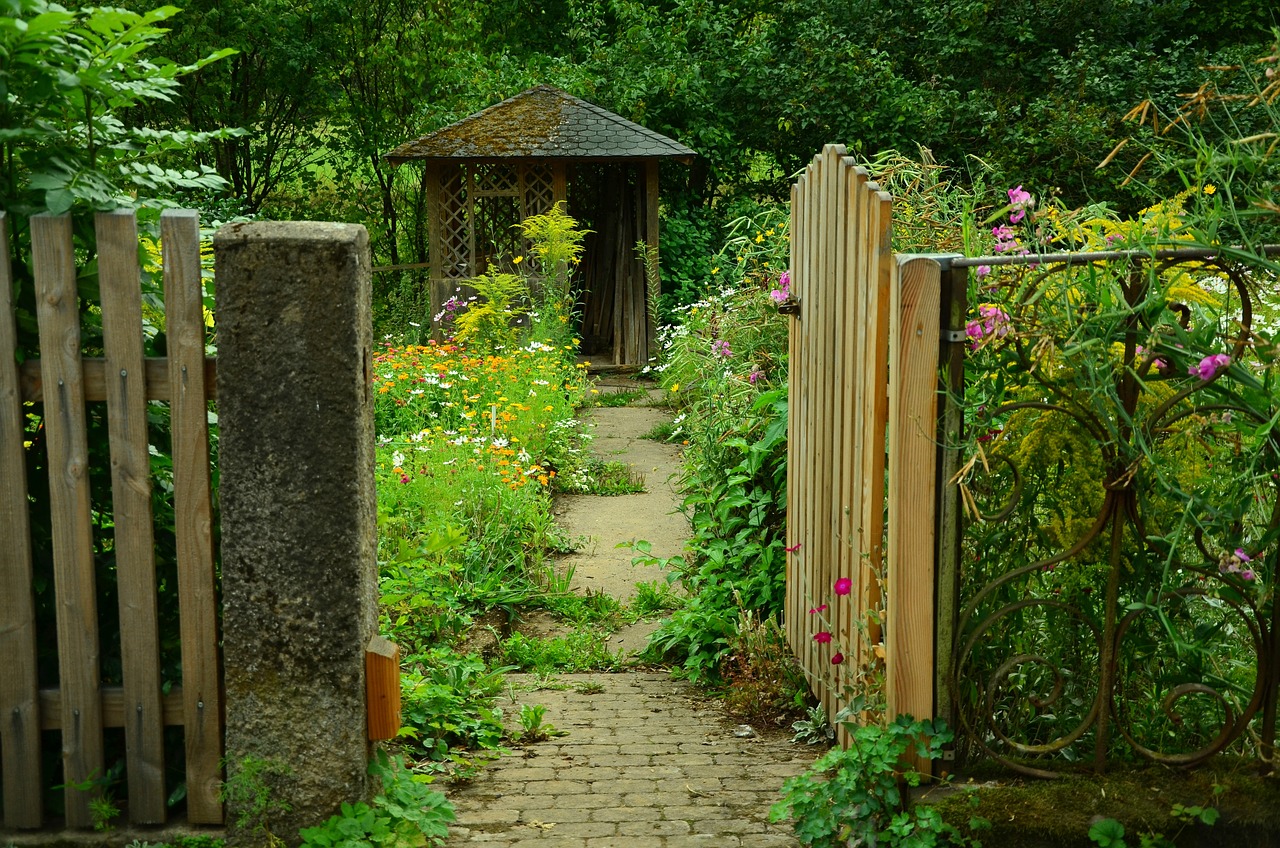Are you a city dweller with limited outdoor space but a love for gardening? If so, vertical gardening may be the solution you’ve been looking for.
This innovative approach to gardening involves growing plants vertically, utilizing walls, fences, and other structures to maximize your gardening space. Not only does vertical gardening allow you to grow a wide variety of plants in small spaces, but it also offers several other benefits.
From easy maintenance to improved air quality, there are many reasons why you should consider incorporating vertical gardening into your urban lifestyle. So, let’s take a closer look at the benefits of vertical gardening and how it can transform your small space into a lush and thriving garden.
Maximizing Your Space with Vertical Gardening
You can really make the most of your limited space by trying out some vertical gardening techniques! Creative designs and space-saving techniques can help you grow a variety of plants without taking up too much floor space.
One idea is to use a trellis or wall-mounted planters to grow climbing plants like beans, cucumbers, or peas. This will not only save space but also add a beautiful touch to your wall or fence.
Another way to maximize your space is by using hanging baskets or tiered planters. Hanging baskets can be used to grow herbs, strawberries, or flowers, while tiered planters can be used to grow a variety of plants in a small area.
You can also use a vertical garden tower to grow vegetables like lettuce, spinach, or kale. This tower takes up very little space and can be easily moved around.
With these techniques, you can have a garden full of plants, even in the smallest of spaces!
Easy Maintenance and Pest Control
Don’t worry about pesky pests or spending hours maintaining your garden, with vertical gardening it’s a breeze!
Vertical gardens are designed to be low maintenance, making them perfect for those with busy schedules. With traditional gardens, you have to spend time weeding, watering, and fertilizing. However, vertical gardens require less water and fertilizer, and they are less prone to pests. This means you can enjoy your garden without the hassle of constant upkeep.
In addition to being low maintenance, vertical gardening is also a low-cost option for those looking to start a garden in a small space. With indoor options available, you can easily create a vertical garden in your home without spending a lot of money.
All you need are some basic supplies, such as a vertical garden kit, soil, and plants. Not only will a vertical garden save you money on maintenance costs, but it can also help you save on your grocery bill by providing fresh produce right at home.
Improved Air Quality and Aesthetics
Enhancing the ambiance of your living space while improving the quality of air is effortless with vertical gardens. Not only do they add a touch of greenery to your home, but indoor vertical gardening also offers a host of health benefits.
Plants are natural air purifiers, and vertical gardens can help reduce indoor air pollution by filtering out harmful toxins and improving the air quality in your home. This can lead to improved respiratory health, reduced allergies, and a general sense of well-being.
In addition to the health benefits, vertical gardens also add a touch of beauty and aesthetic appeal to your living space. You can choose from a variety of plants and flowers to create a personalized and unique display. Vertical gardens are also a great way to add a splash of color to your home, especially if you have limited space for traditional gardens.
With their versatility and beauty, indoor vertical gardens offer a practical yet aesthetically pleasing solution for small-space gardening.
Growing Your Own Produce
Imagine having fresh produce readily available in your own home without the need for a large outdoor garden. With container gardening and urban farming, you can grow your own fruits, vegetables, and herbs without having to worry about space constraints.
Vertical gardening allows you to maximize your small space by growing upwards instead of outwards.
Container gardening involves growing plants in containers such as pots, buckets, or even old tires. This method is perfect for those living in apartments or homes with limited outdoor space.
Urban farming, on the other hand, involves growing crops in urban areas, such as rooftops or balconies. Both methods are great for growing your own produce and can provide you with fresh, healthy food right at your fingertips.
So why not give it a try and start your own vertical garden today?
Sustainable and Eco-Friendly Gardening
You can easily make your gardening practices more sustainable and eco-friendly by using natural fertilizers and composting your food waste. This not only helps the environment by reducing the amount of waste that goes into landfills, but it also provides your plants with essential nutrients to grow healthy and strong.
Green living is all about minimizing your carbon footprint, and urban farming is a great way to do just that. By growing your own produce, you can reduce the amount of transportation and packaging that’s required to bring food to your table.

One of the best ways to make your gardening practices more sustainable is by using natural fertilizers. These include things like compost, manure, and bone meal, which are all rich in nutrients that your plants need to thrive. Composting your food waste is also a great way to reduce the amount of waste that ends up in a landfill. It’s easy to get started with composting, and you can even do it in a small space like a balcony or patio.
By making these simple changes in your gardening practices, you can do your part in promoting sustainable and eco-friendly living.
Frequently Asked Questions
What are the best plants to grow vertically in small spaces?
If you have limited space, consider growing herbs, tomatoes, and strawberries in suitable containers. Use irrigation systems to help your plants thrive. Consider training techniques and plant selection for optimal growth.
How do you ensure adequate sunlight for vertical gardening indoors?
To ensure adequate sunlight for indoor vertical gardening, optimize natural light by placing plants near windows or using grow lights. Maximize vertical space by selecting appropriate containers, such as hanging planters or wall-mounted shelving.
Can vertical gardens be used in commercial settings?
Vertical gardening is a cost-effective solution for commercial spaces. It maximizes space and adds aesthetic value. With proper planning and maintenance, it can provide fresh produce and improve air quality.
How long does it take for a vertical garden to reach its full potential?
To maximize vertical space, vertical garden maintenance is crucial. It can take up to a year for a vertical garden to reach its full potential, depending on the type of plants used and the care provided.
What are some common mistakes to avoid when starting a vertical garden?
When starting a vertical garden, be mindful of common mistakes like neglecting vertical garden maintenance and choosing the wrong support structures. To avoid these problems, research and plan before you start.
Conclusion
So there you have it! Vertical gardening is a fantastic way to maximize your space, improve air quality, and grow your own produce. It’s also easy to maintain and control pests.
But that’s not all. Vertical gardening is sustainable and eco-friendly, making it a great option for those who want to lessen their environmental impact.
So if you have a small space and want to enjoy the benefits of gardening, give vertical gardening a try. You won’t be disappointed!










